Produced on the occasion of Konrad Klapheck’s 1974 exhibition at the Museum Boijmans Van Beuningen, Rotterdam. Klapheck, who was just 10 when World War II ended, saw in the destroyed cities and ruined buildings all around him a certain beauty or spectacle. After becoming a student at the Düsseldorf Art Academy, Klapheck turned to a different kind of subject matter, creating the first of his many “machine pictures”: the 1955 painting Typewriter. He went on to expand his repertoire to include sewing machines, faucets, telephones, irons, and even a hay-turning machine
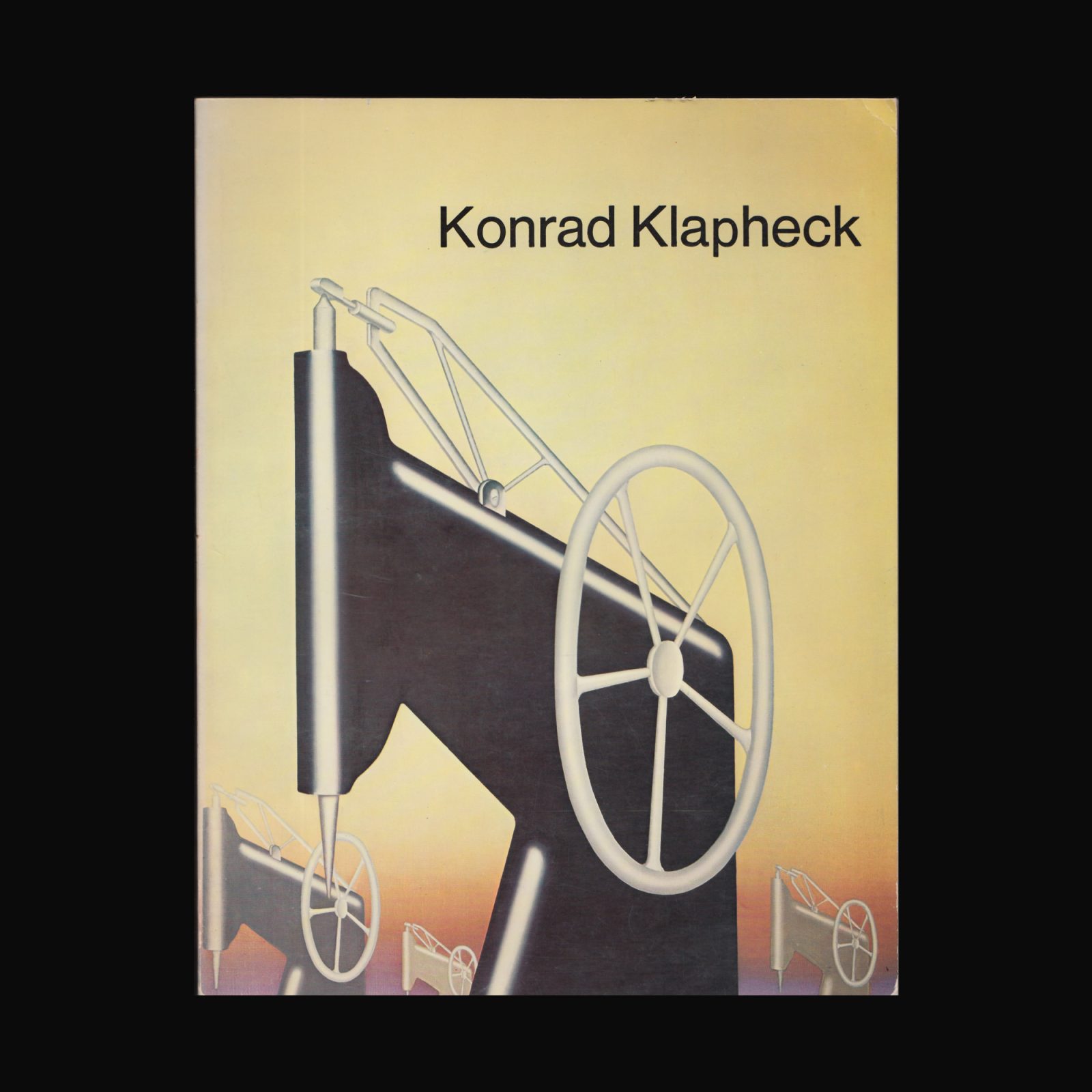
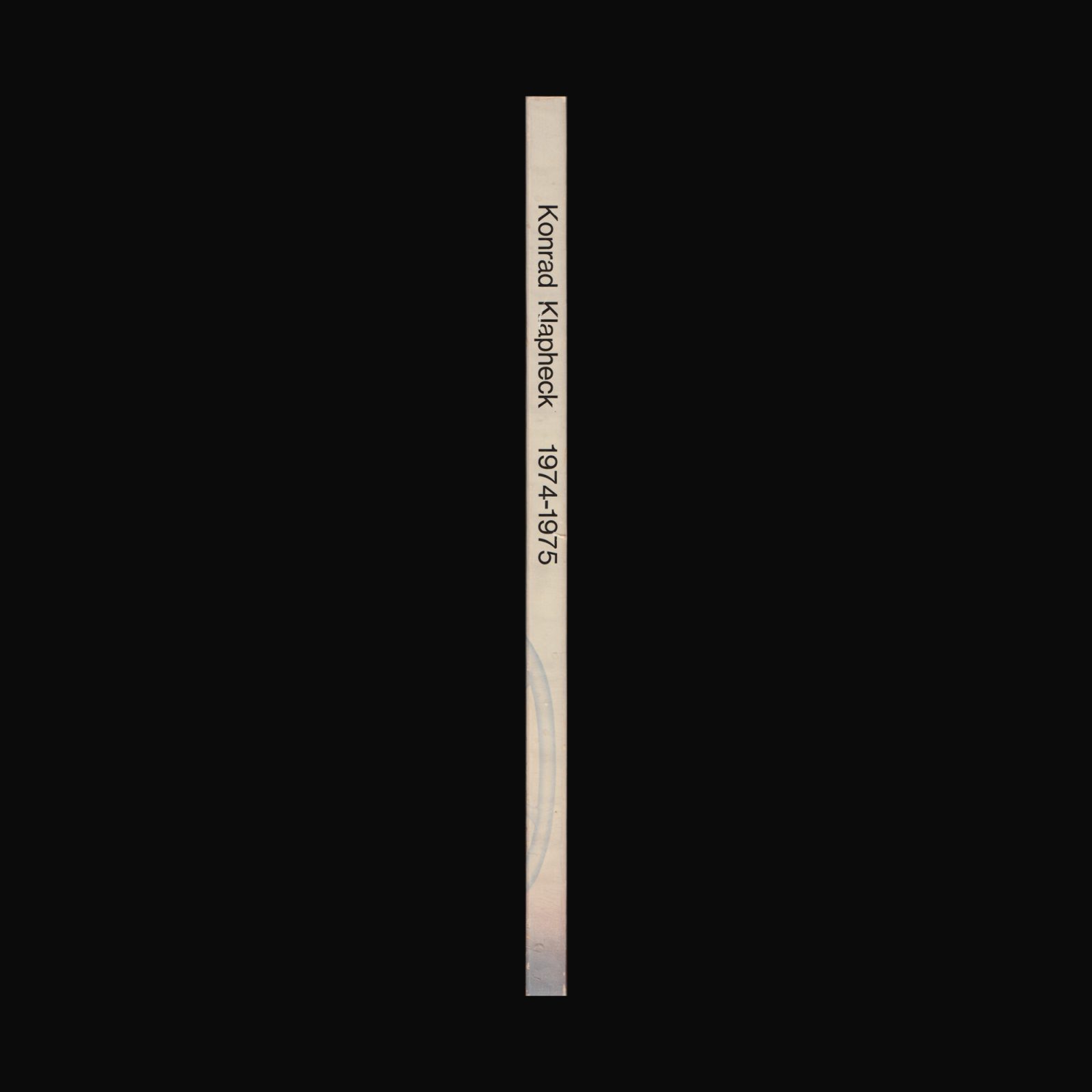
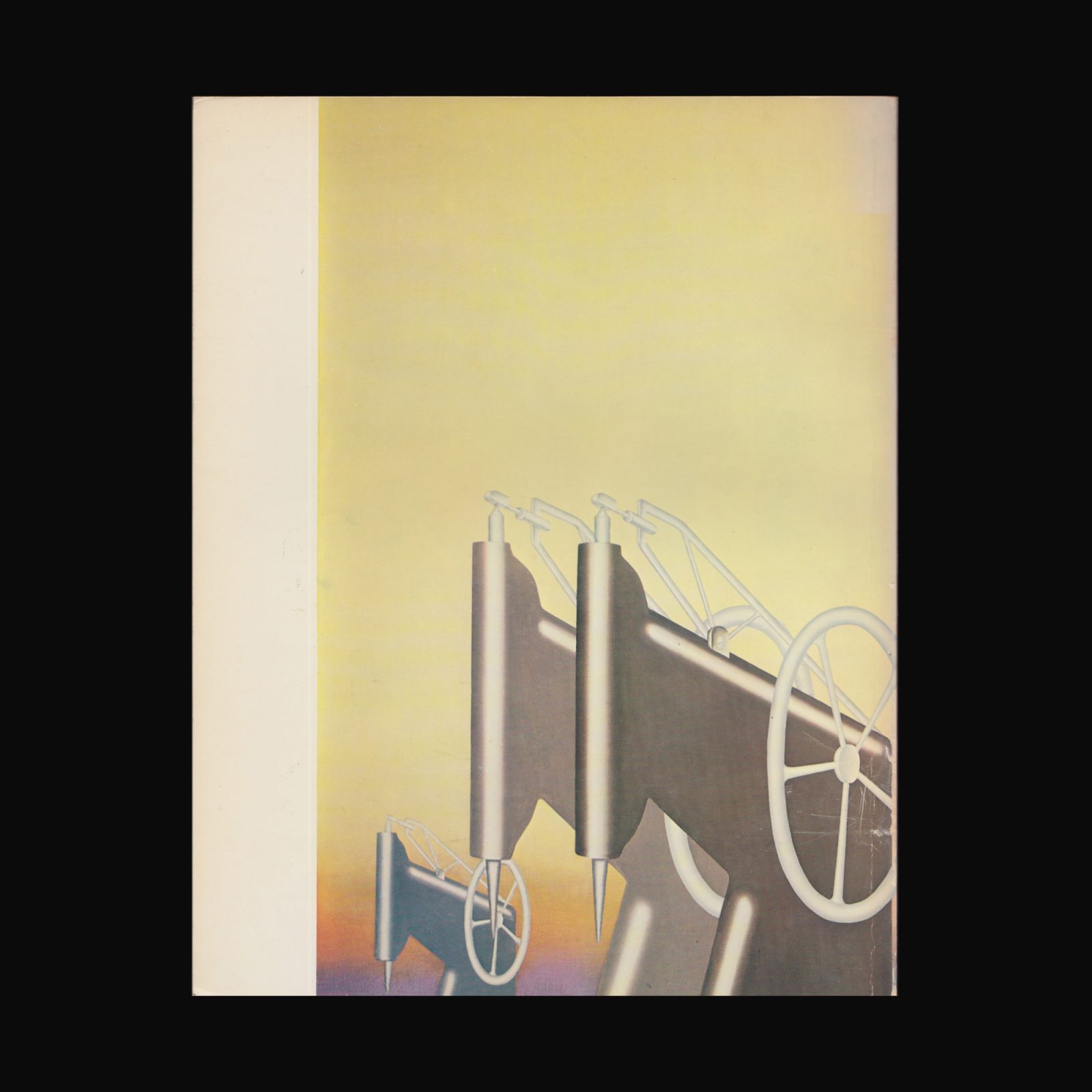
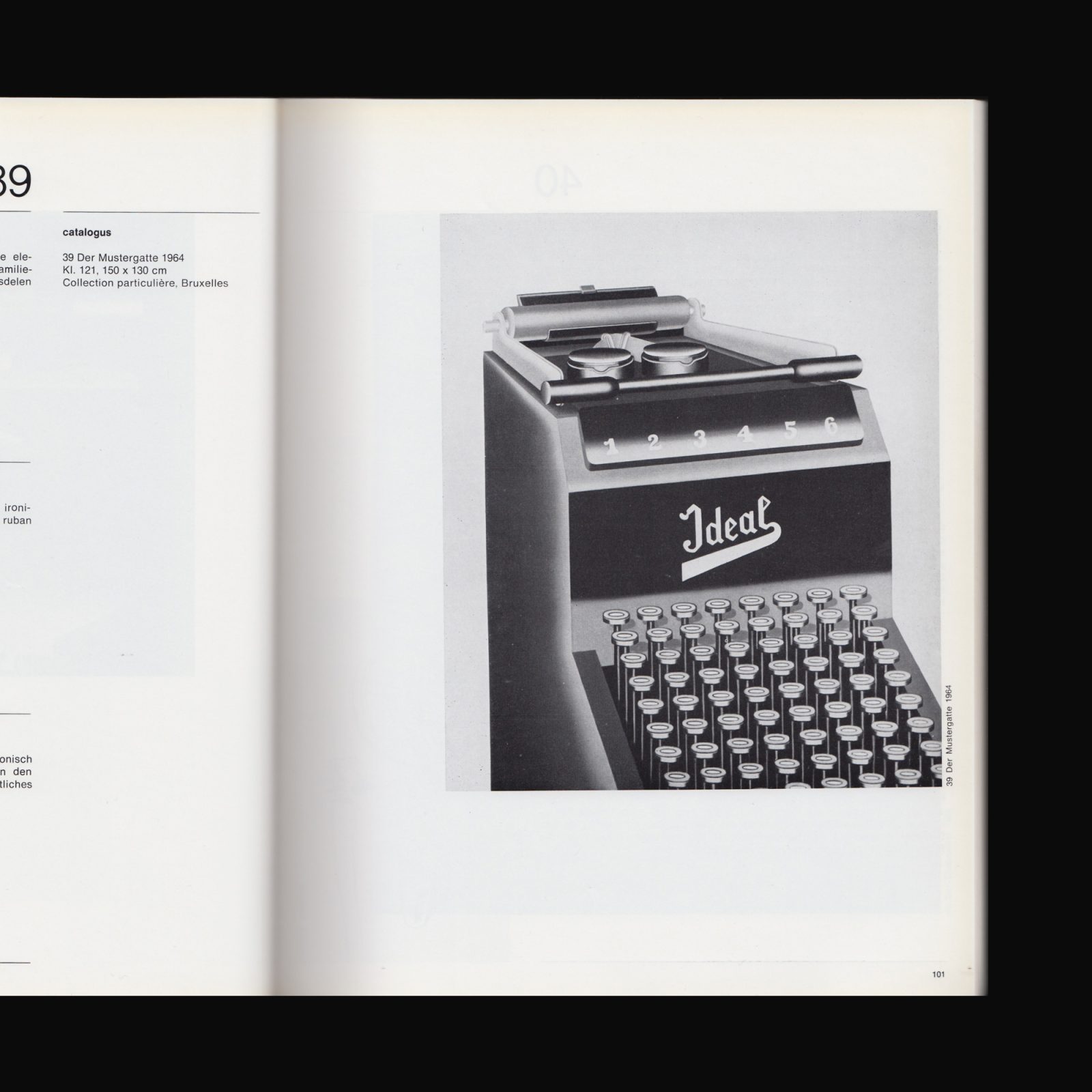
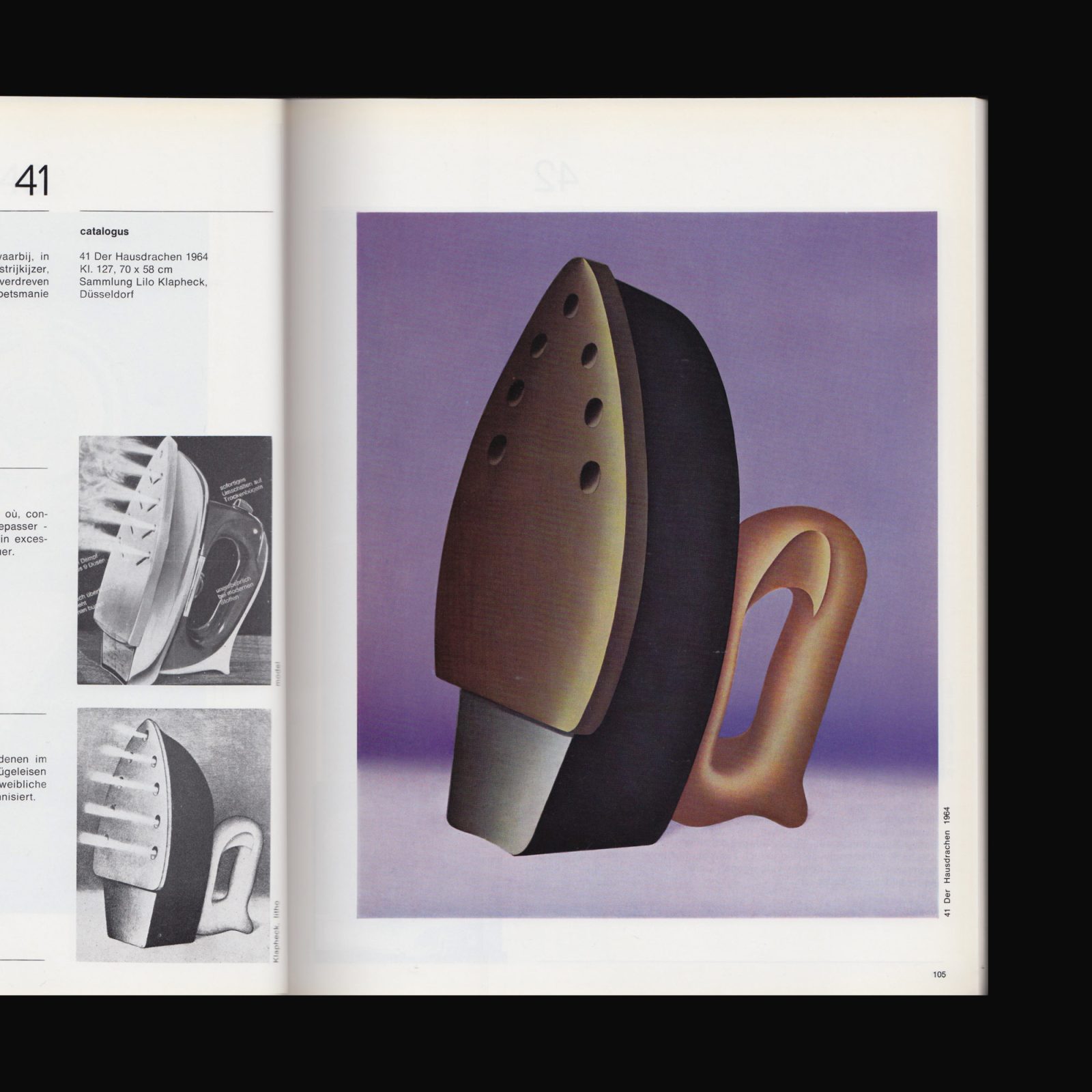
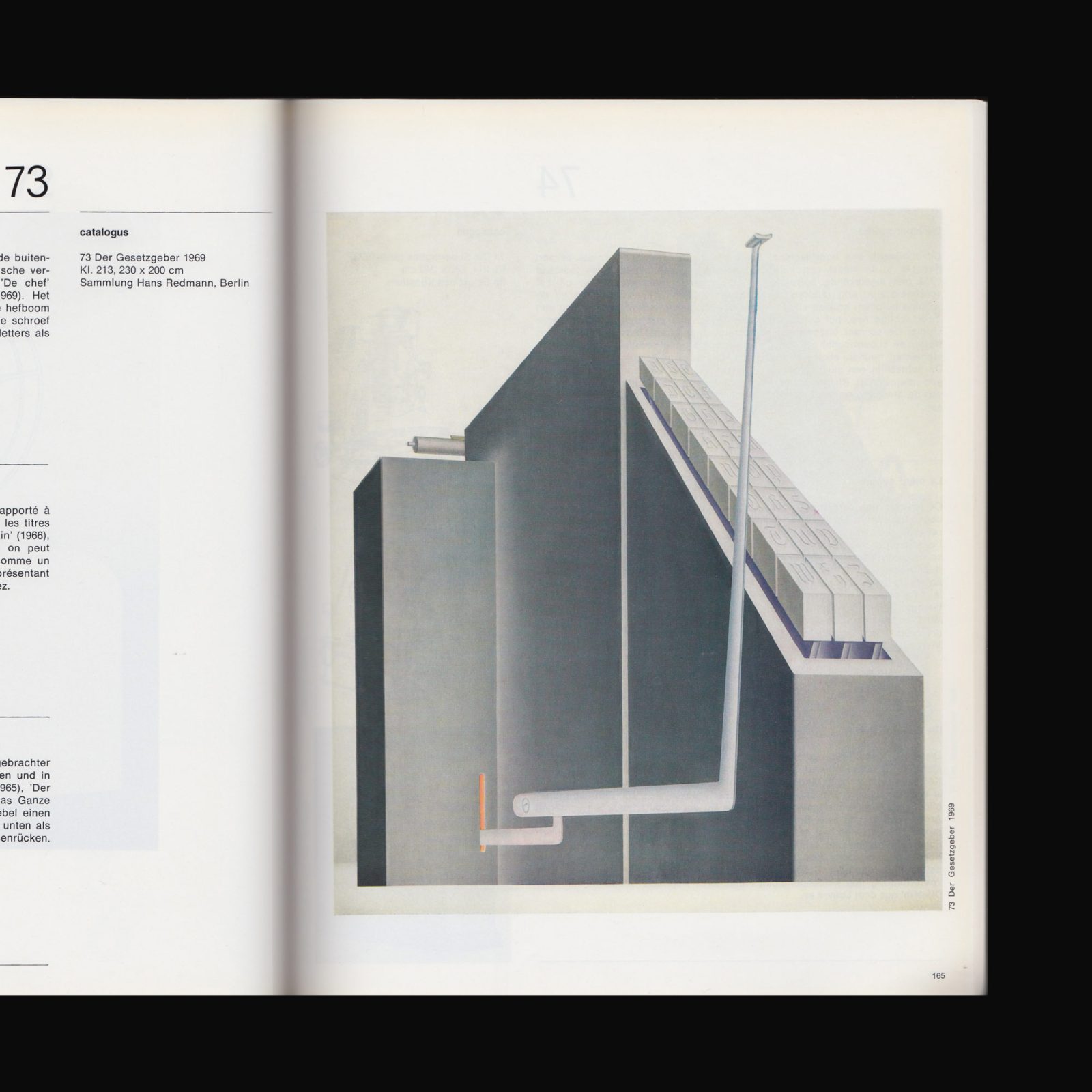
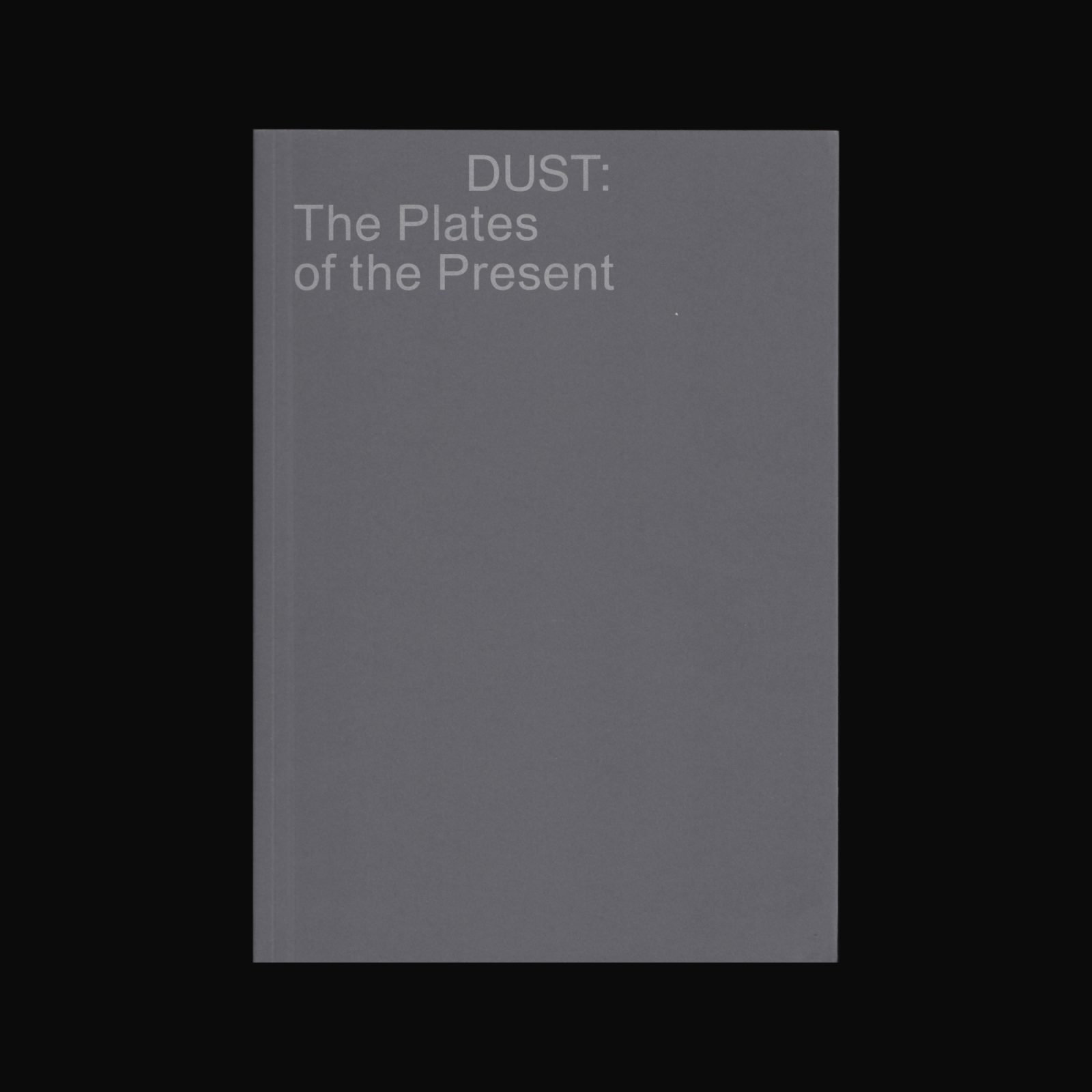

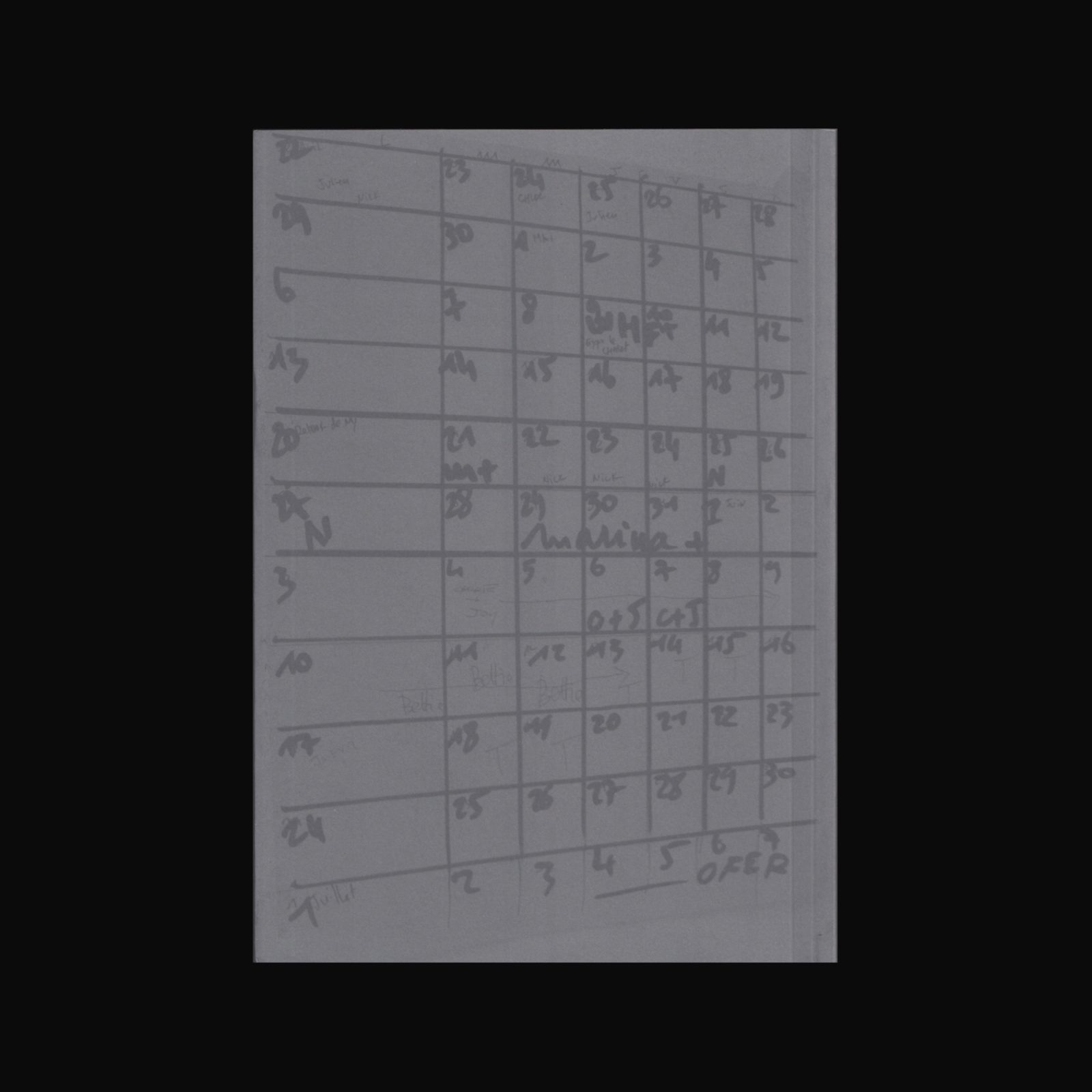
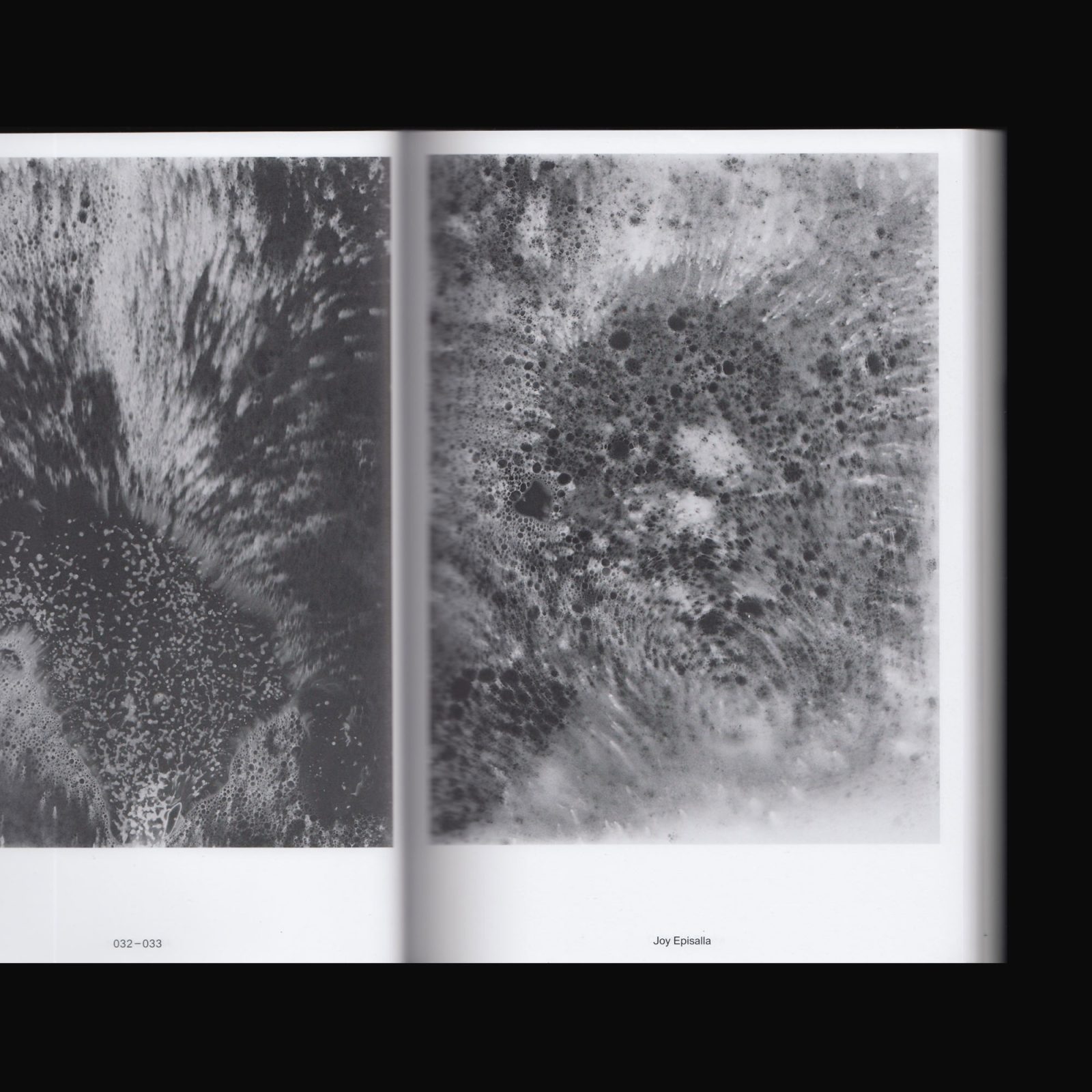
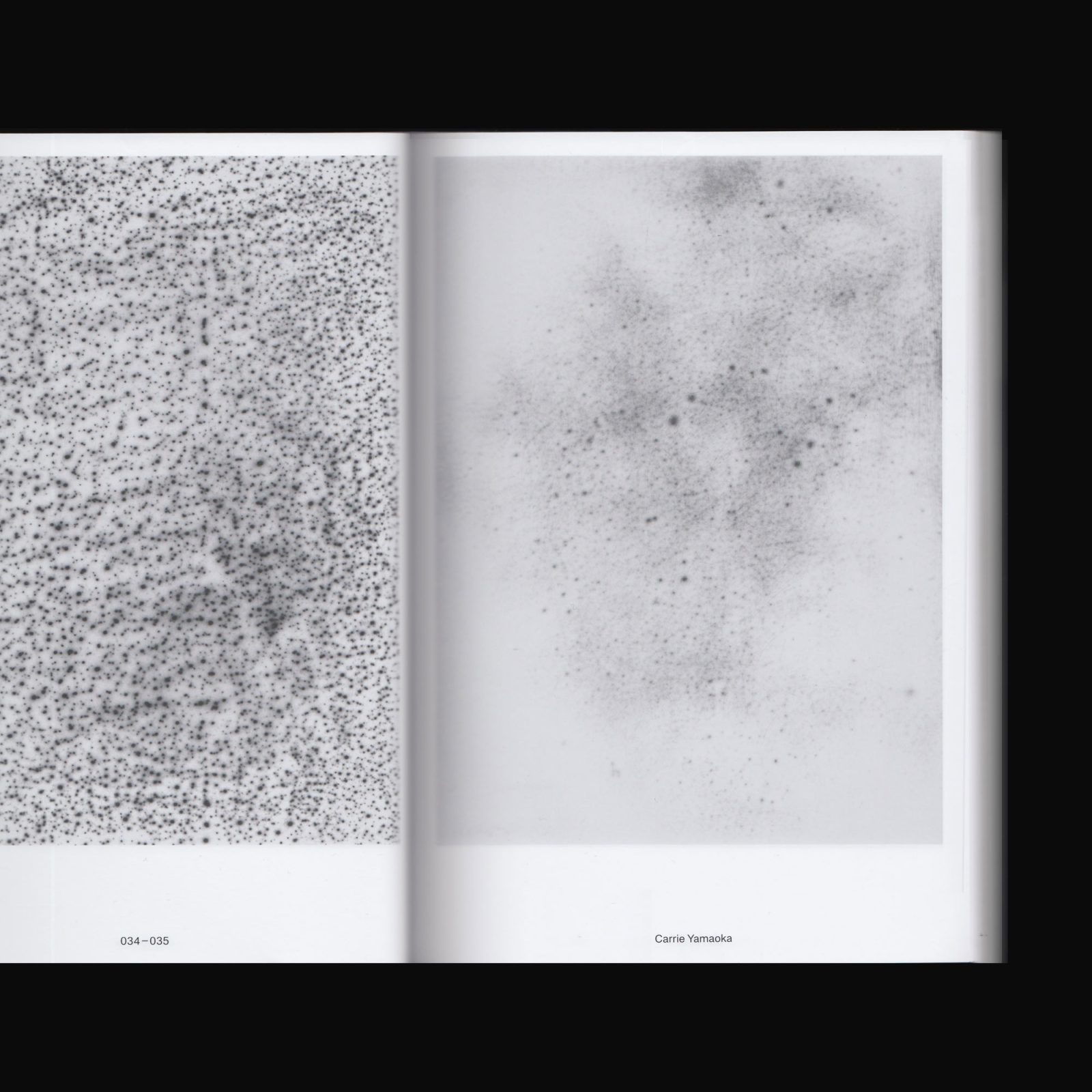
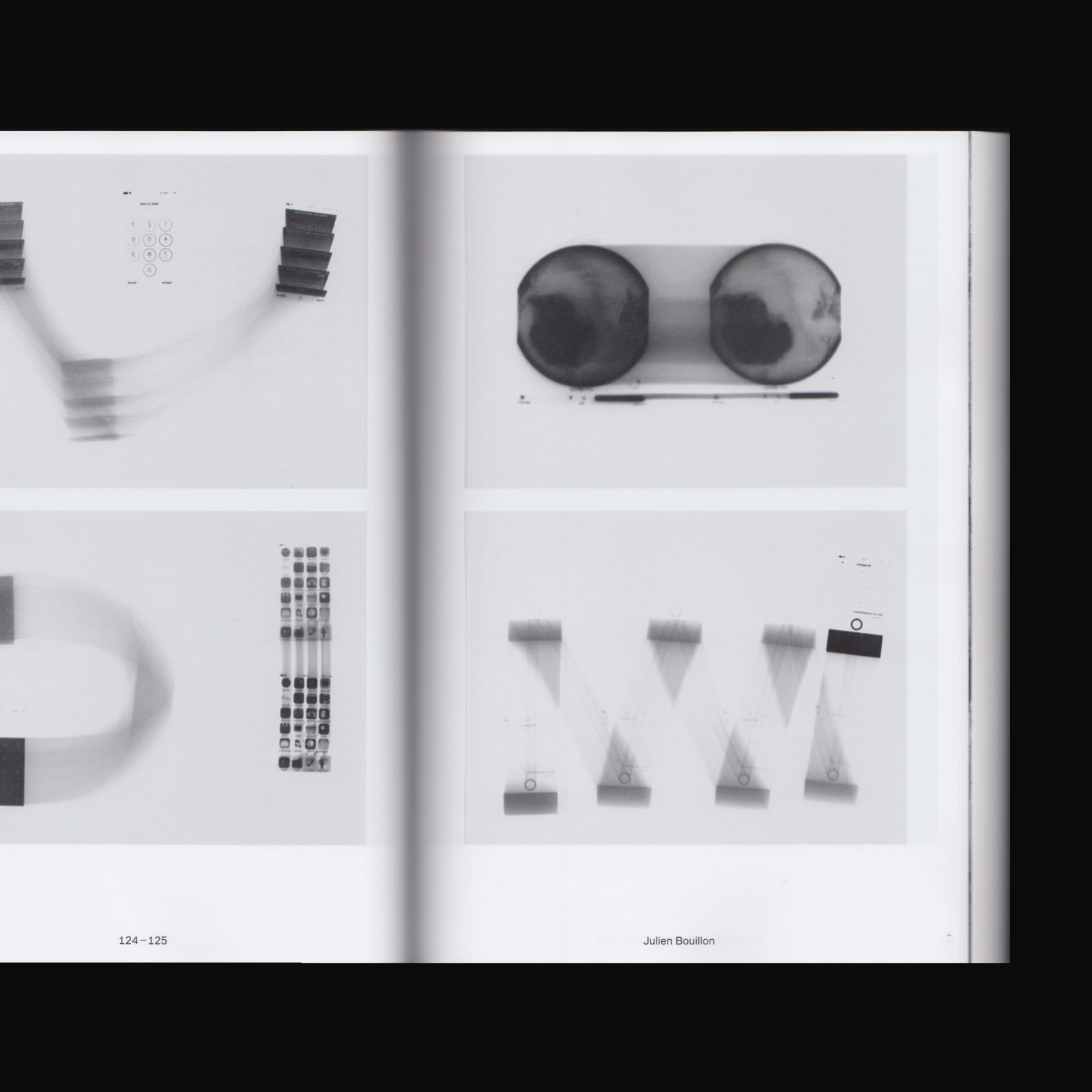
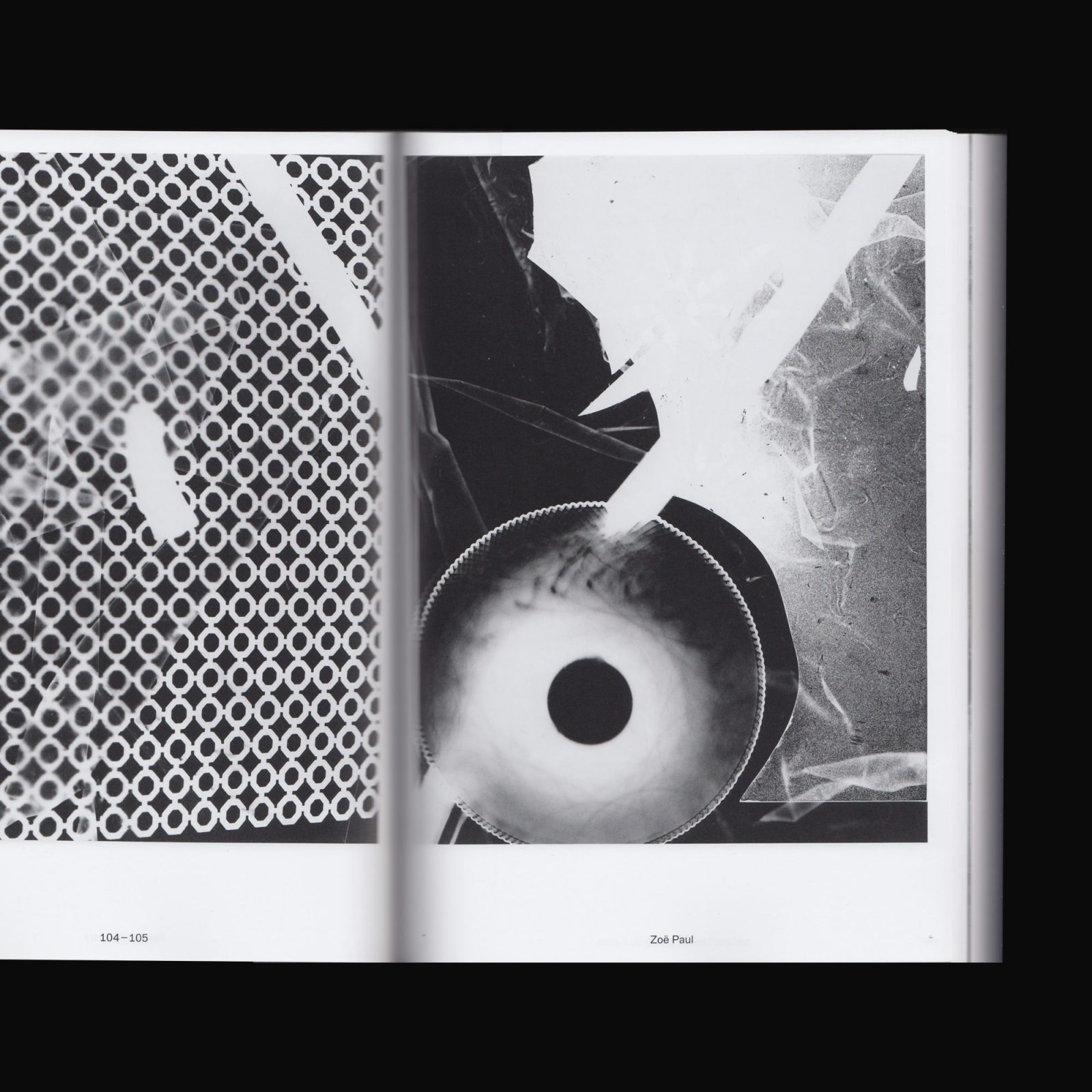
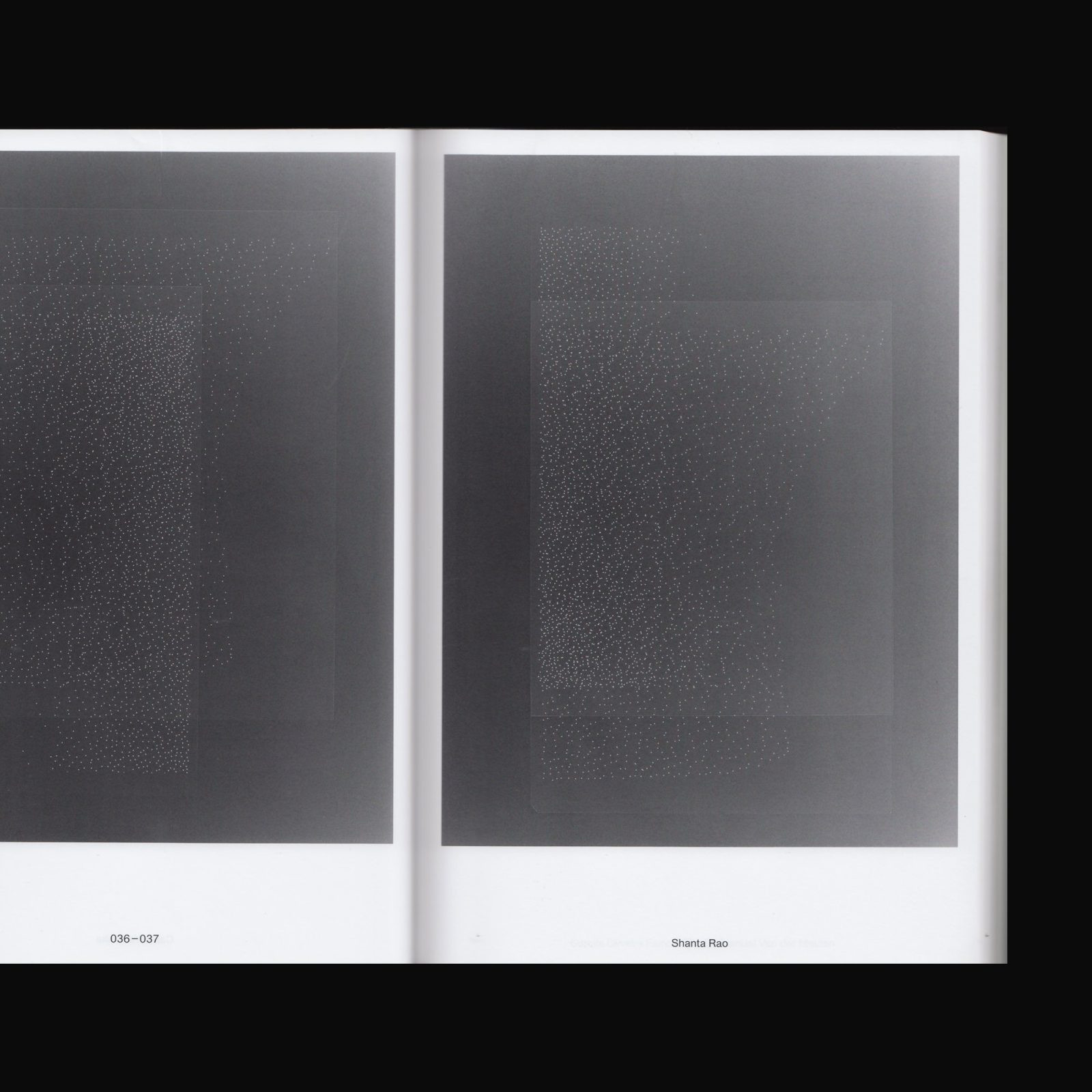
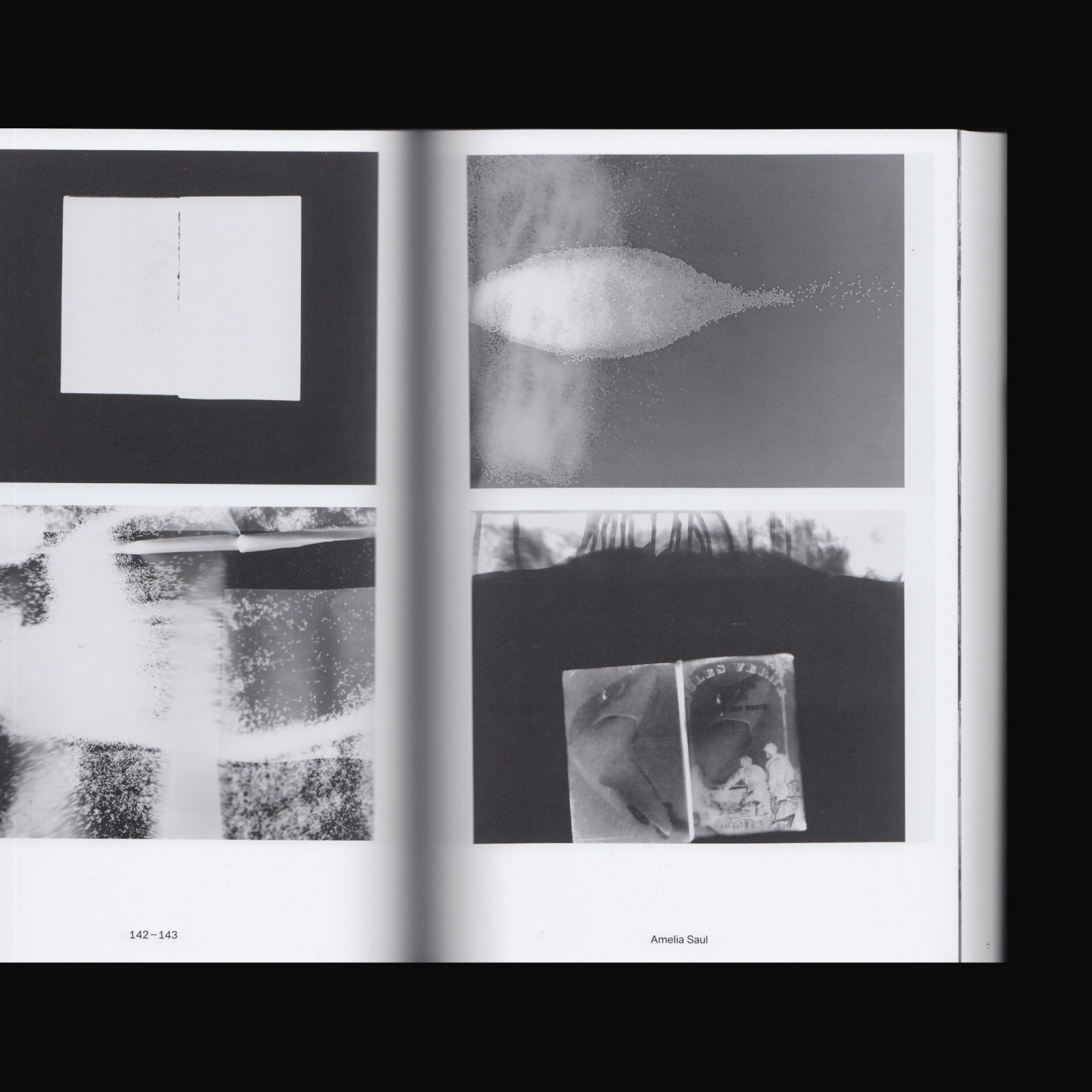
The plates of the present is a project based on the photographic process of photogram. In February 2013, artist Thomas Fougeirol and artist/curator Jo-ey Tang set up a photographic darkroom(nicknamed DUST) in Ivry-sur-Seine, bordering Paris. Since then, 130 participants have come through The plates of the present, comprising over 1,000 prints and a film. The project is named after the beginning of a sentence in William Henry Fox Talbot’s The Pencil of Nature (published in six installments between 1844 and 1946), the first photographically illustrated book. An exhibition was curated by Sonel Breslav at Baxter St/Camera Club of New York, New York in 2015 with a book published by Blonde Art Books and Secretary Press. A second exhibition was curated by Jo-ey Tang and Thomas Fougeirol at Galerie Praz Delavallade, Paris in 2017. At the end of 2018, the entire archive entered the permanent collection of Centre national d’art et de culture Georges-Pompidou, Paris.
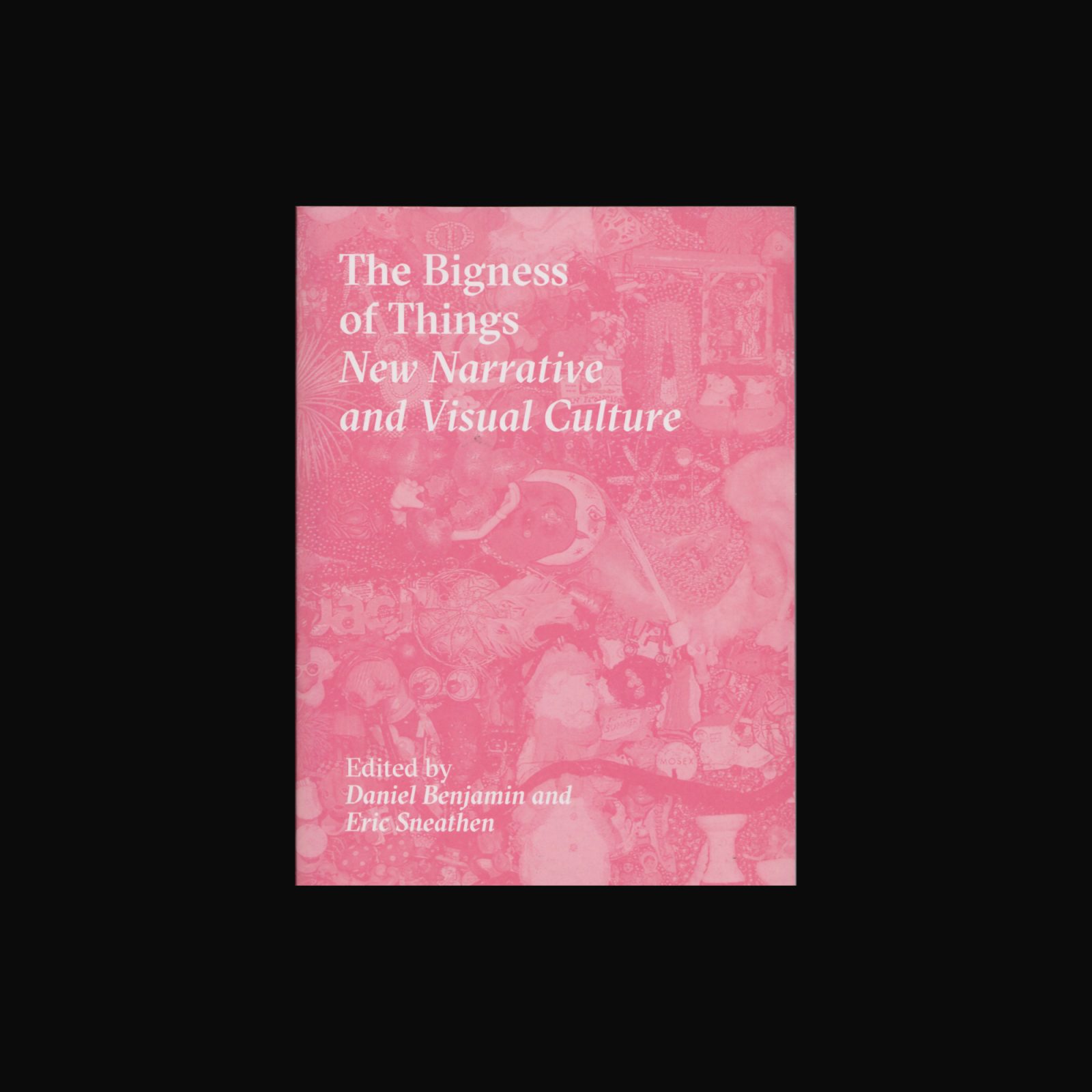

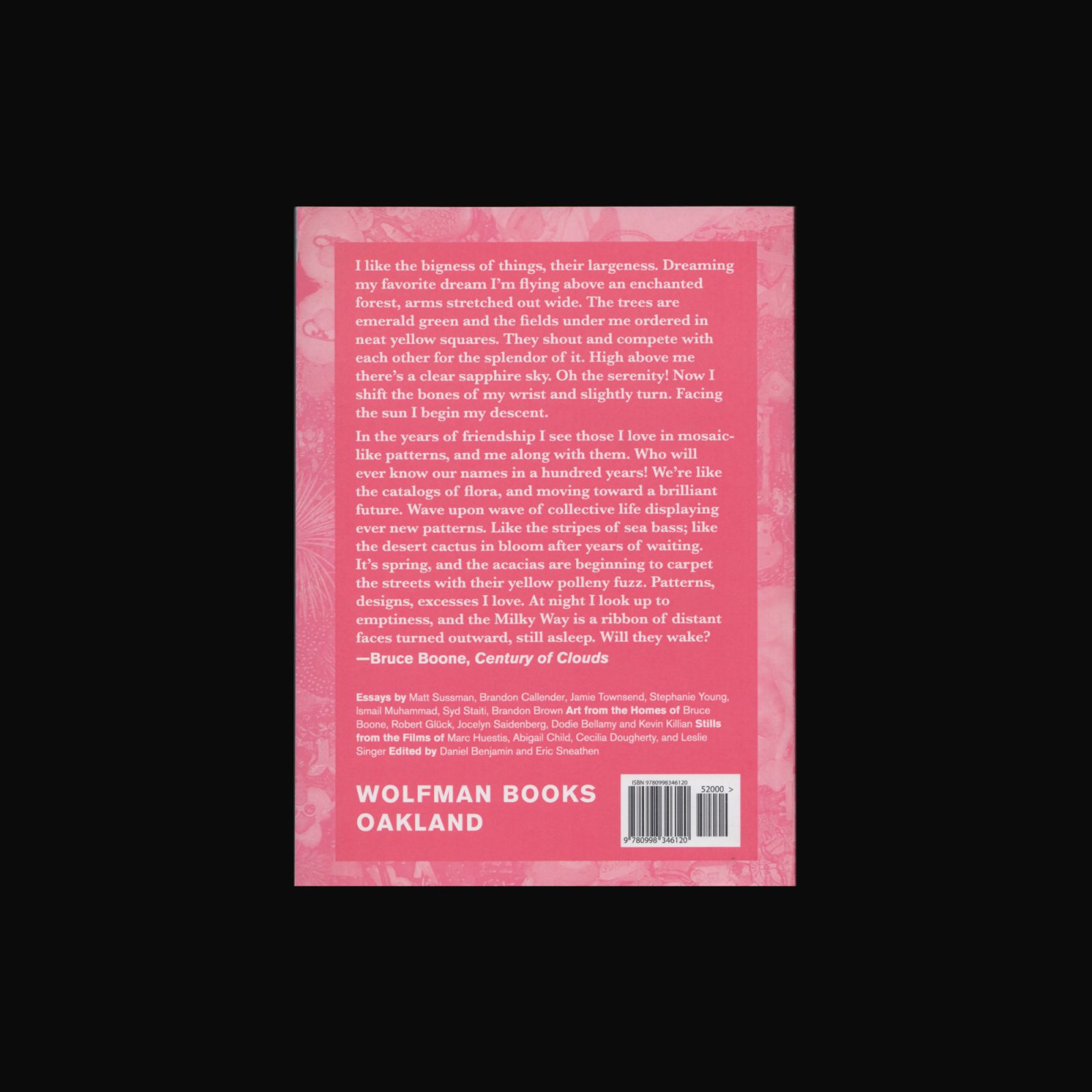
The Bigness of Things surveys the intersection of New Narrative, San Francisco’s queer-and-punk-infused writing avant-garde, and visual culture, through photographs and essays on visual art, literary journals, and film. Including essays by Matt Sussman, Brandon Callender, Jamie Townsend, Stephanie Young, Ismail Muhammad, Syd Staiti, Brandon Brown; art from the Homes of Bruce Boone, Robert Glück, Jocely Saidenberg, Dodie Bellamy and Kevin Killian; and stills from the Films of Marc Huestis, Abigail Child, Cecilia Dougherty, and Leslie Singer.


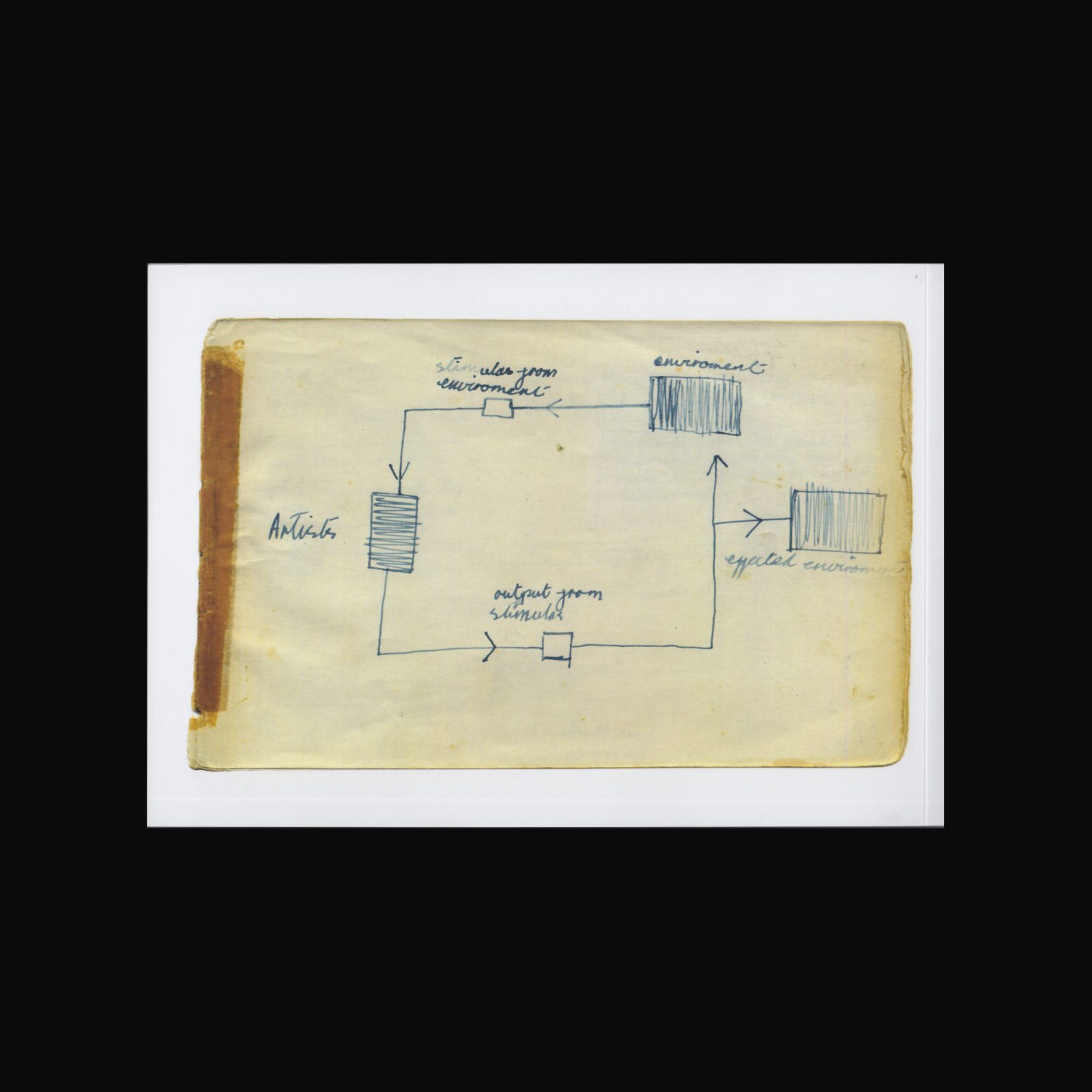
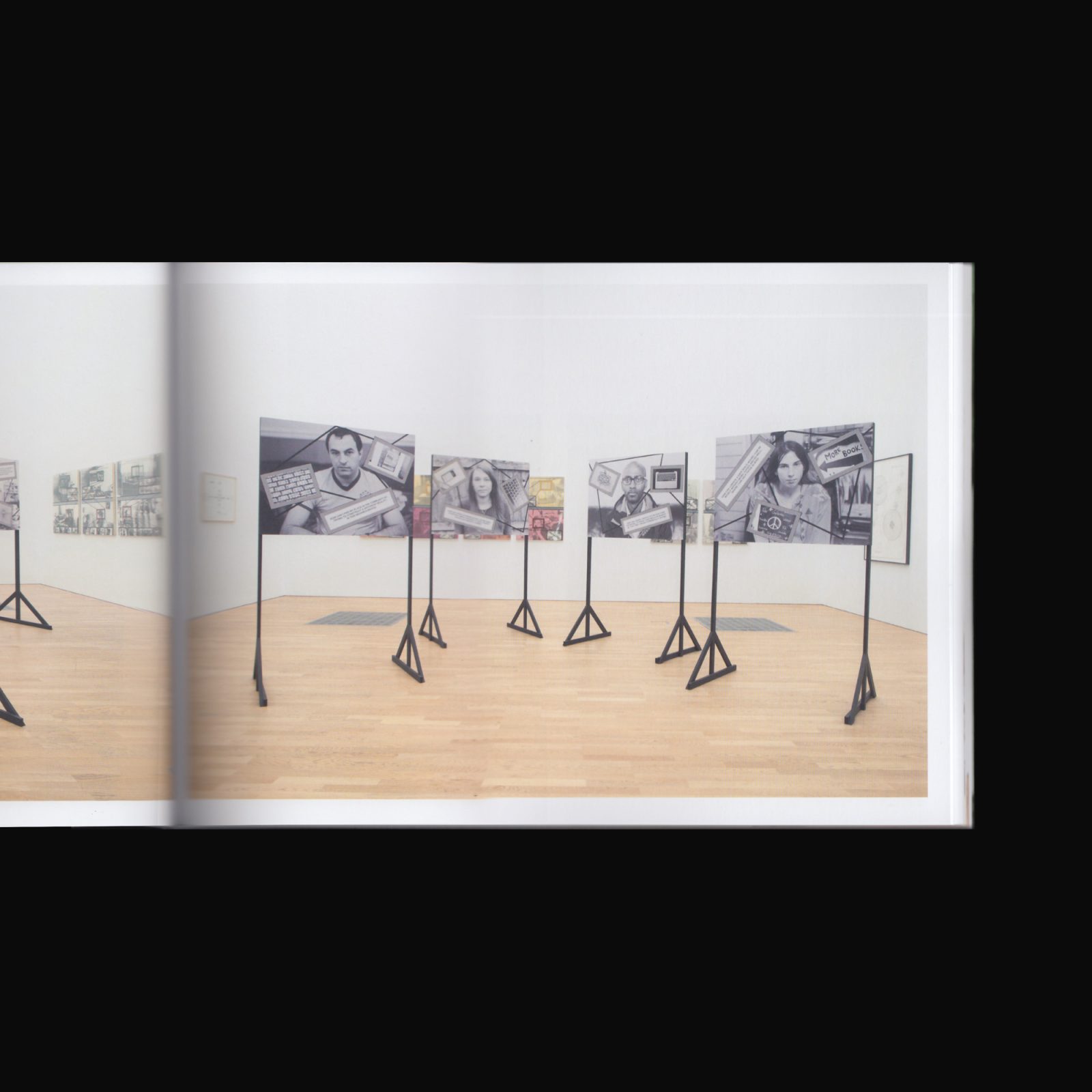
Produced on the occasion of the exhibition Stephen Willats: HUMAN RIGHT, 4 March–4 June, 2017, Middlesborough Institute of Modern Art, Middlesborough.
Two decades ago Willats collaborated with the Middlesbrough Art Gallery on a project involving several organisations in the town, from the library to the mosque. For this exhibition he returned to Middlesbrough to work with local community developers on a new project.This publication is co-published by Victoria Miro and Middlesborough Institute of Modern Art (MIMA).
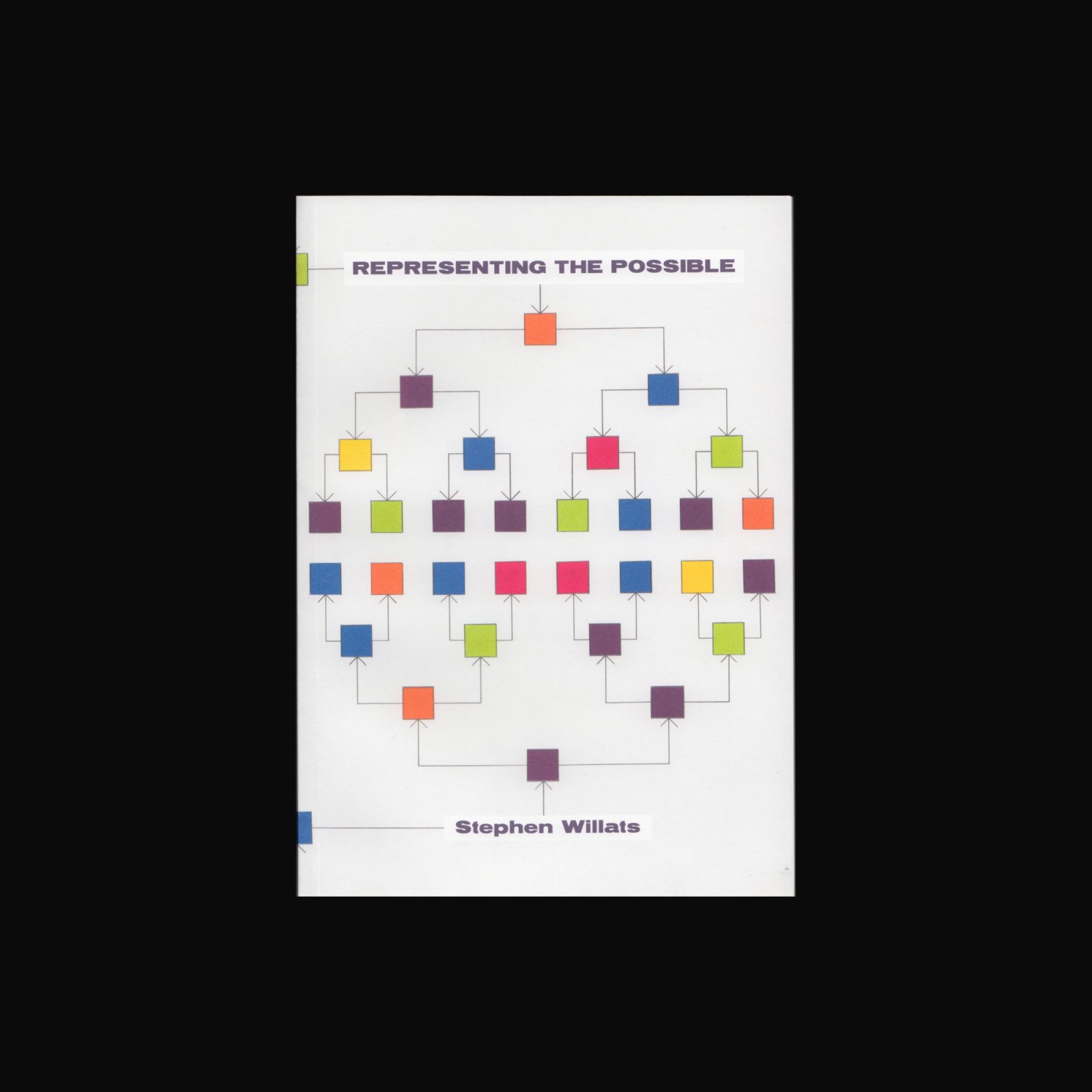

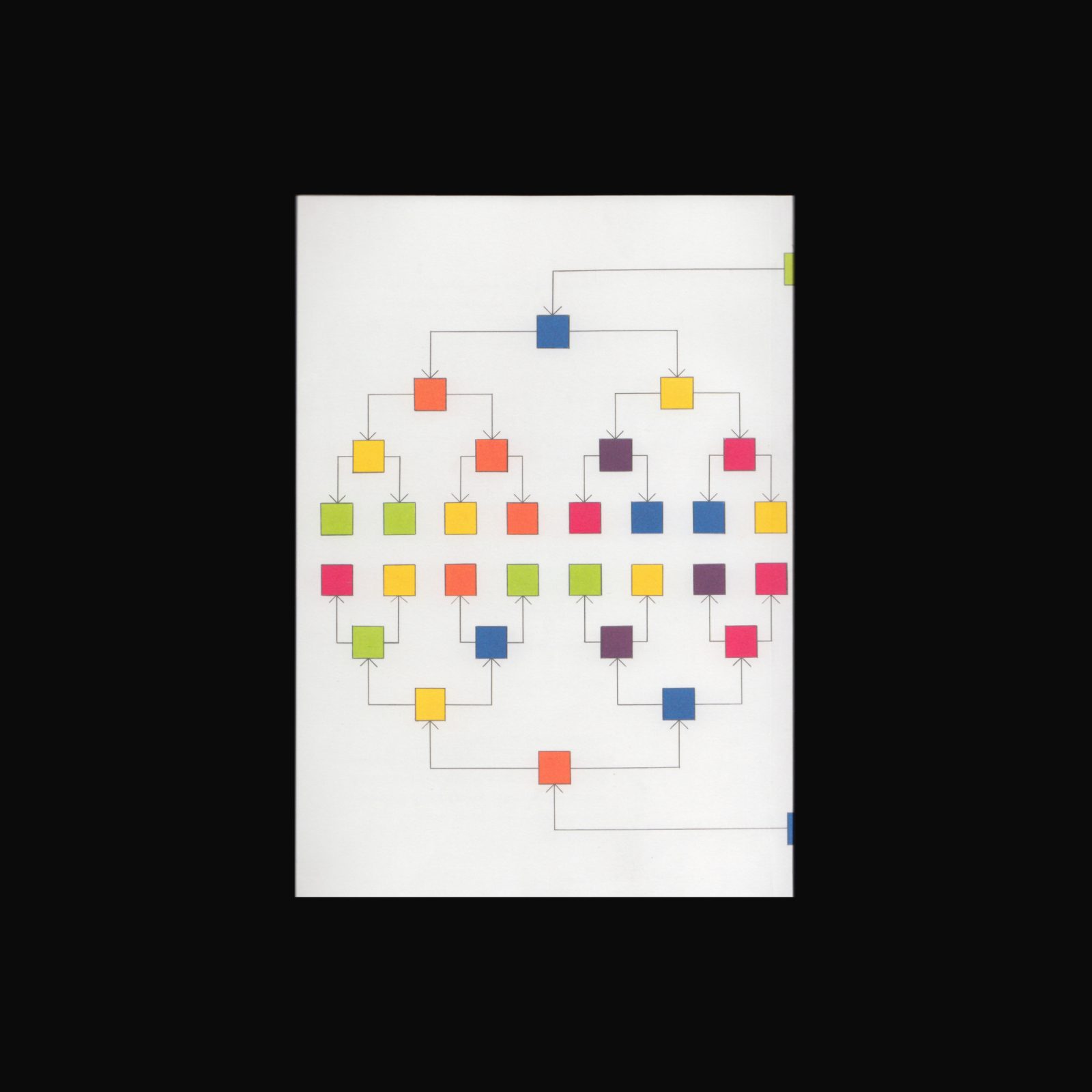
Stephen Willats has made work examining the function and meaning of art in society since the 1960s. His work has involved interdisciplinary processes and theory from sociology, systems analysis, cybernetics, semiotics and philosophy. This manifests in wall installations, project works, films & computer simulations, drawings & diagrams, bookworks and texts.
Produced on the occasion of the exhibition Representing the Possible at Victoria Miro, London, in spring 2014. Representing the Possible brings together previously unseen works on paper from the 1960s and the present day in a specially conceived installation. Comprising four large-scale site-specific wall drawings, the installation transformed the gallery’s architecture into an immersive drawn environment with 37 individual works on their surfaces.
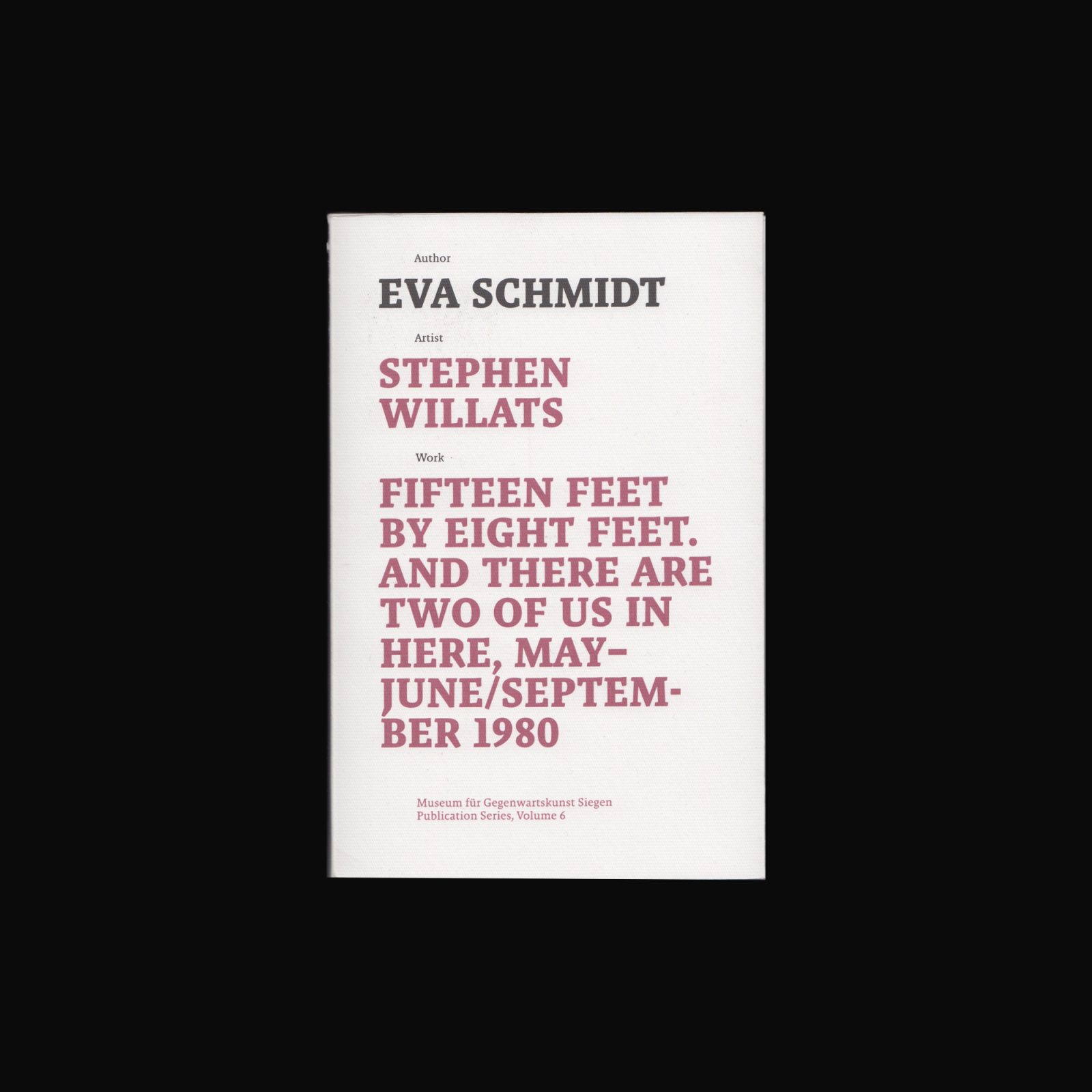

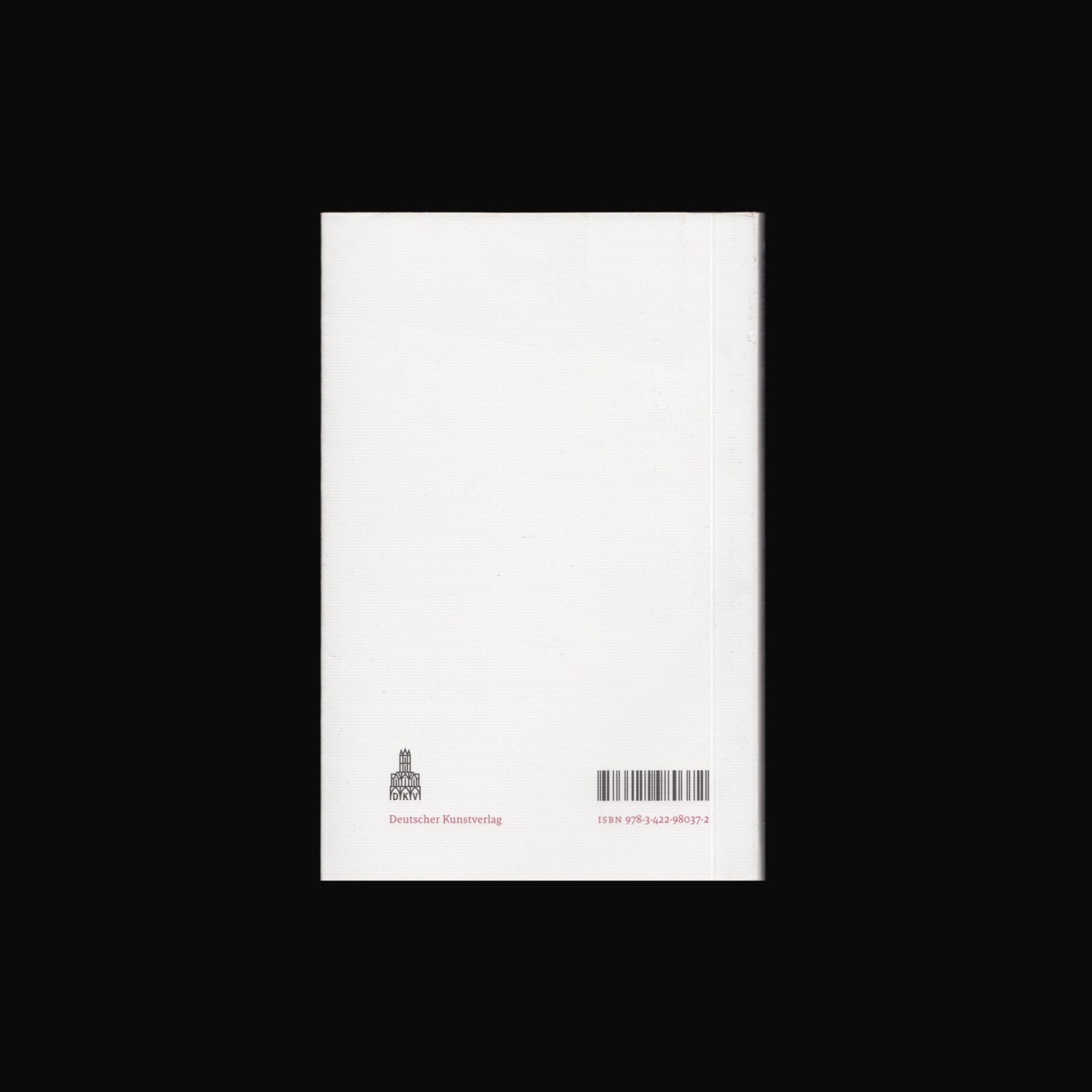
Fifteen Feet by Eight Feet, And There are Two of Us in Here is dedicated to the daily work of an editor. Along with three other professional portraits, this piece belongs to a group of works that were exhibited at the Lisson Gallery in London in 1980, but have never again been considered in their entirety. Eva Schmidt is the first to reunite these works, taking into account archival materials and the publication of detailed conversations between the artist and the parties involved: It’s a piece of “mental history” at the beginning of Margaret Thatcher’s term in office and the neoliberalization associated with it in Great Britain.
More information on the work can be found here.